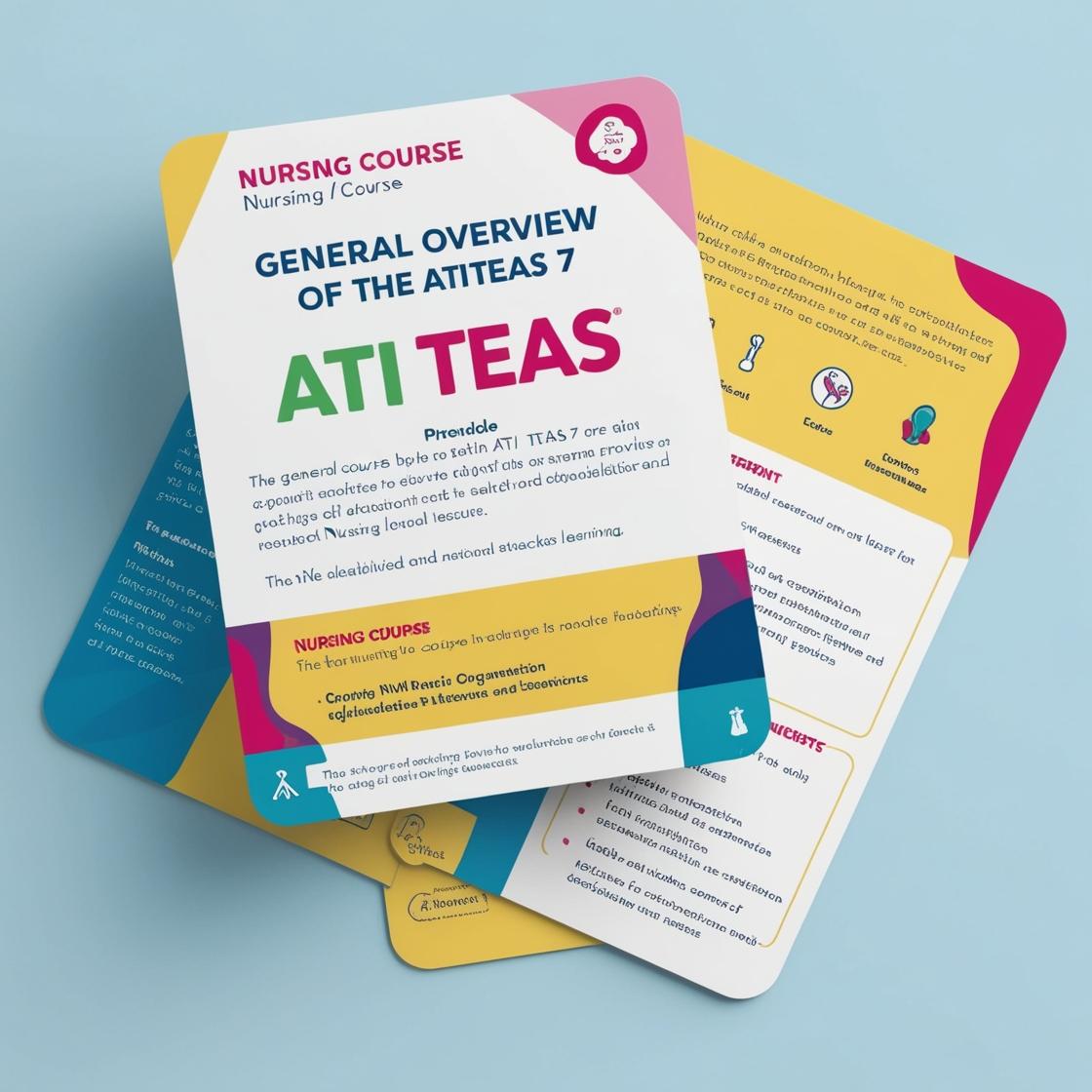ATI TEAS 7
English and Language Usage TEAS
1. Which of the following defines the word 'omnipotent'?
- A. Well-worn
- B. Overreaching
- C. All-powerful
- D. Angry
Correct answer: C
Rationale: The correct answer is C: 'All-powerful'. 'Omnipotent' means having unlimited power or authority. Choice A, 'Well-worn', does not relate to the definition of omnipotent. Choice B, 'Overreaching', implies extending beyond proper limits but does not capture the essence of unlimited power. Choice D, 'Angry', does not align with the meaning of omnipotent.
2. What type of sentence is the following: 'If it rains tomorrow, the picnic will be canceled'?
- A. Simple
- B. Compound
- C. Complex
- D. Compound-complex
Correct answer: C
Rationale: The given sentence, 'If it rains tomorrow, the picnic will be canceled,' is a complex sentence. It consists of an independent clause 'the picnic will be canceled' and a dependent clause 'If it rains tomorrow.' A simple sentence contains just one independent clause, a compound sentence contains two or more independent clauses, and a compound-complex sentence contains two or more independent clauses and at least one dependent clause. Therefore, choices A, B, and D are incorrect for this sentence.
3. I know you'll be busy on your trip, but will you send me a postcard from Germany?
- A. Period
- B. Colon
- C. Question mark
- D. Exclamation mark
Correct answer: C
Rationale: The sentence is a direct question as the speaker is asking if the person will send a postcard from Germany. Therefore, the correct punctuation mark to use at the end of a question is a question mark. An exclamation mark (Choice D) is used to convey strong emotion or surprise, which is not the case here. A period (Choice A) is used for declarative statements. A colon (Choice B) is used to introduce a list or explanation, which is not needed in this context.
4. The sheer number of people in the audience overwhelmed the actress as she peeked through the curtain before scene one. Which of the following correctly describes an error in the sentence above?
- A. The homophone 'sheer' should be 'shear.'
- B. The homophone 'peaked' should be 'peeked.'
- C. The homophone 'through' should be 'threw.'
- D. The homophone 'scene' should be 'seen.'
Correct answer: B
Rationale: The correct answer is B. In this context, 'peaked' should be 'peeked,' meaning to take a quick look. The other choices are incorrect: A is wrong because 'sheer' is the correct term referring to the absolute or complete number of people; C is incorrect as 'through' is the right term indicating looking by going across something; D is inaccurate as 'scene' is the correct term for a part of a play or film.
5. Wow, what an amazing shot to win the game!
- A. Comma
- B. Exclamation mark
- C. Semicolon
- D. Question mark
Correct answer: B
Rationale: The correct answer is an exclamation mark because it is used to convey strong emotion or excitement, which is appropriate for the sentence. A comma is not suitable here as it does not convey the level of excitement expressed in the sentence. A semicolon is used to join independent clauses or separate items in a list, which is not required in this context. A question mark would be incorrect as the statement is not a question but rather an expression of excitement.
Similar Questions

Access More Features
ATI TEAS Premium Plus
$150/ 90 days
- Actual ATI TEAS 7 Questions
- 3,000 questions with answers
- 90 days access
ATI TEAS Basic
$99/ 30 days
- 3,000 Questions with answers
- 30 days access
